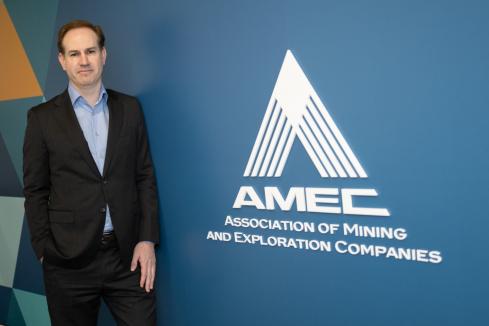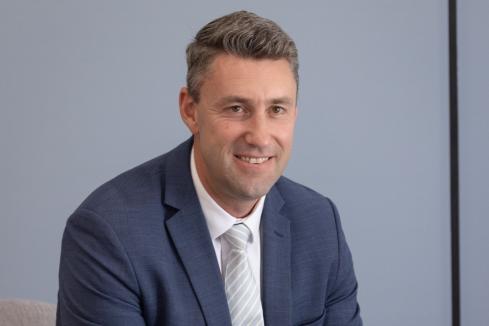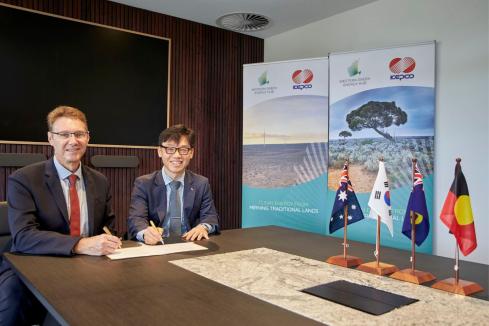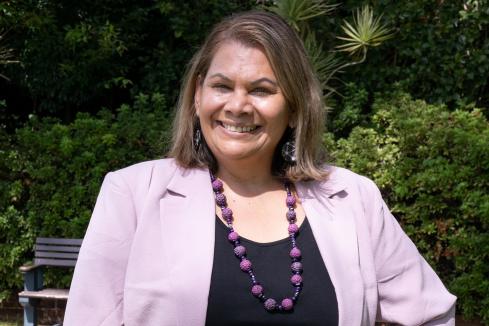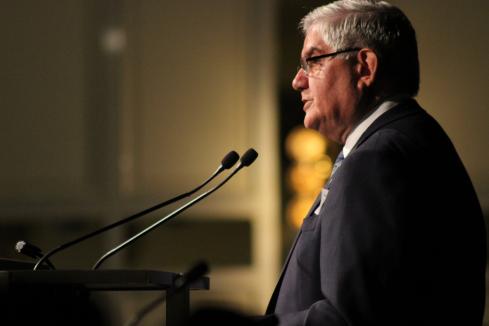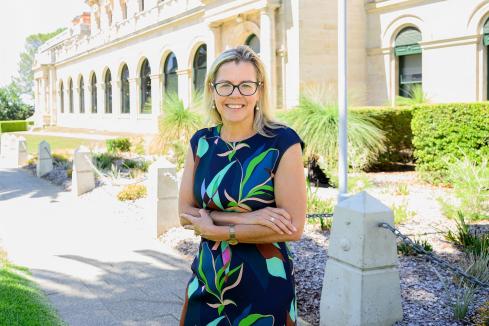The decision on a green energy hub in the Pilbara on environmental grounds surprised many, including the project’s proponents.

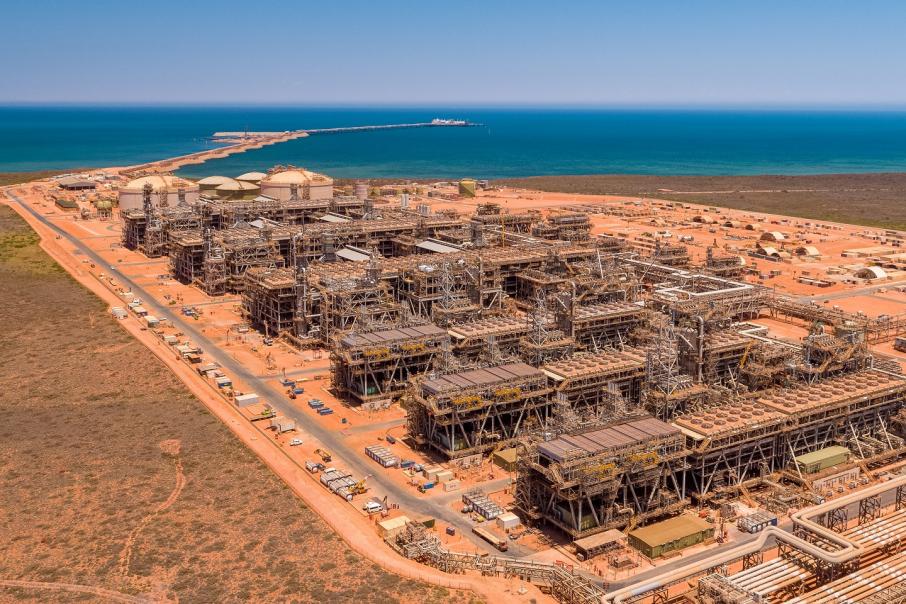
Last month, federal Environment Minister Sussan Ley accepted the advice of her department and declared that a project proposal by NW Interconnected Power in the Pilbara would have unacceptable environmental impacts.
The project – the Asian Renewable Energy Hub (AREH) – is known internationally as a potential game changer.
It would deliver 26 gigawatts of wind and solar generation for green hydrogen and ammonia production, while securing local Pilbara energy needs.
The proponent states that 20,000 jobs would be created over the 10-year lifetime of the construction project and facilitate local manufacturing and assembly capability.
The AREH has a development envelope of more than 666,000 hectares, 20,800ha of which would be permanently cleared.
For comparison, the initial area approved for the Gorgon project was 300ha.
Due to the project’s size, it was curious how little immediate attention was given to the rationale for the decision and why the impacts were unacceptable.
I couldn’t help thinking there was an implicit view that, as a green energy project, by its nature it should better manage environmental impacts.
Given AREH is an energy development there is, of course, a strong political dimension.
It was suggested by environmental non-government organisations that if the federal government could find a way to approve coal and gas projects, then it should find a way to approve clean energy projects.
More to the point, the implication was that the government didn’t approve AREH because it wasn’t a coal or gas project.
In fact, AREH received Commonwealth approval in December 2020.
The recent determination relates to a proposed expansion of the project that would introduce additional elements such as ammonia transport infrastructure, construction of a town, and a desalination plant.
Rather than acting too quickly to reject a project unaligned with strategic objectives, if I was in the federal government, I’d be asking the proponent all the questions I could to see if the environmental impact could be mitigated or offset.
A cursory appreciation of the government’s words and actions makes clear it sees hydrogen as a winner.
It is also the one emissions reduction area that can cross internal and external political divides, with hydrogen offering irresistible alignment of technology solutions, job creation, and regional development.
Indeed, the AREH project has been designated major project status by the Commonwealth, a recognition of its national significance for economic growth and employment, and practical assistance for coordinating and facilitating various federal approvals.
Part of the discontent is the suggestion that the application wasn’t given due consideration and there wasn’t appropriate consultation.
It could well be the case the decision took the proponents by surprise.
If this were the case, it would be an inexplicable departure from the standard practice where a proponent receives regular communication from the department relating to their application.
From this, one can reasonably deduce where a determination may be heading.
It’s also common practice that proponents stay informally aware of how the tea leaves are shaping.
The proponent has stated it’s taking the feedback on board as it continues to work on the detailed design of the project. Based on the minister’s decision, there’s work to do.
Not only were the mitigation measures deemed insufficient, no proposal for an alternative site to offset the impact to the Eighty-Mile Beach Ramsar site was made.
Indeed, two of the proponents involved in the AREH are now considering an option in the state’s Goldfields- Esperance region.
If hydrogen is to reach its lofty ambitions and be a major export, there will be many other projects, each with a need for land and infrastructure.
Projects like the AREH are shaping as the next phase of major capital projects in Western Australia; and they are exactly that – major.
These will require the same sophisticated levels of environmental management and stakeholder engagement as we’ve seen in other major capital projects.
Being green alone won’t deliver these outcomes, nor establish a social licence to operate.
- Joe Doleschal-Ridnell is director at JDR Advisers, where he works with clients in mining, energy and industry





